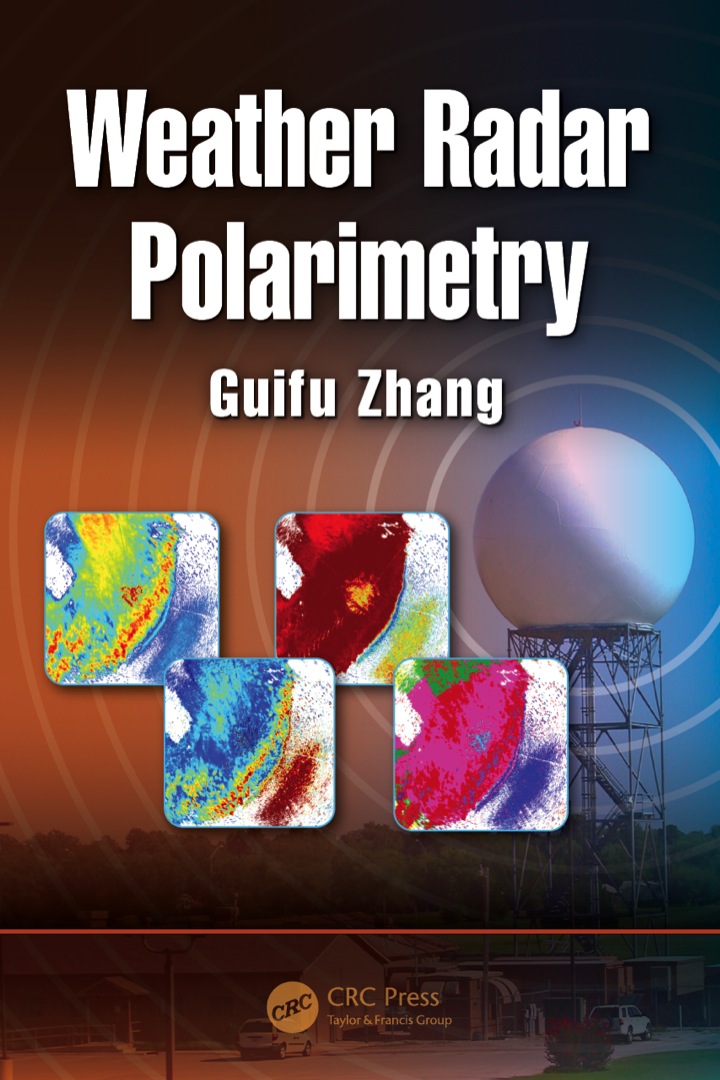Radar has been proven to be an indispensible tool for weather studies that have been well-documented. Radar reflectivity and Doppler measurements have demonstrated their value in weather observation, quantification and forecasting. Now, we have another set of measurements we can use to better study weather: weather radar polarimetry. After decades of research and development, weather radar polarimetry has now matured to the point that the national NEXRAD (WSR-88D) network has been upgraded with dual-polarization capability. Furthermore, other national weather radar networks have radars capable of producing multi-parameter polarimetric radar data (PRD). My understanding of weather radar polarimetry is as follows:
There is polarimetry in radar innovation,
which makes weather observations more accurate.
It brought excitement with its hydrometeor classification,
and improvement in quantitative precipitation estimation.
Multi-parameter measurements contain rich information,
which leads to deep understanding of cloud physics.
It helps model initialization and parameterization,
with great potential and future in weather prediction!
While the technology of radar polarimetry has matured, and PRD are available nationally and world-wide, radar polarimetry is still in its initial stages for operational usage. There is a lot of room for research and development, especially in using PRD for weather forecasts. It is important to know the principles of radar polarimetry and of PRD estimation and improvement, as well as the error characterization, information content, and error covariance of PRD. There is a growing need for a textbook that meteorology students, scholars and scientists can use to obtain this knowledge. Based on the weather radar polarimetry classes taught by the author at the University of Oklahoma, this book is written to provide readers with the fundamentals and tools to effectively and optimally use the available PRD.
Book Reviews
"This is a valuable reference book on weather radars and their associated algorithms, and it is written by a vital member of the University of Oklahoma Advanced Radar Research Center. As someone who originally studied physics for his B.S. degree and then, apparently, became an enthusiast of the physical interactions occurring around hydrometeorological targets, Prof. Zhang has poured all of the necessary physical explanations, relevant equations, and measurement techniques involving modern polarimetric weather radar into this book.
The work is impressively organized in the ascending complexity of the topics it covers. An engineer or scientist who is new to the subject will find it very easy to read, since it covers almost all of the necessary preliminary information in a highly descriptive manner―amazingly, without forcing the reader to check many of the previous references."
IEEE Antennas and Propagation Magazine, April 2018 Issue
"The text summarizes weather radar theory and design, incorporating many in-service weather radars as examples. It extensively uses mathematics and statistics as tools to establish the theory and includes high-quality photos of weather radar outputs. This textbook is an excellent resource for graduate-level courses as well as for weather radar researchers."
IEEE Microwave Magazine, May 2019 Issue
Material for the Problems after the Chapters are as follows:
Chapter2Material.zip
Chapter3Material.zip
Chapter3_Scatt_Sband.zip
Chapter3_Scatt_Cband.zip
Chapter3_Scatt_Xband.zip
Chapter4Material.zip
Chapter5Material.zip
Chapter6Material.zip
Chapter7Material.zip
List of Error Corrections
Errata

